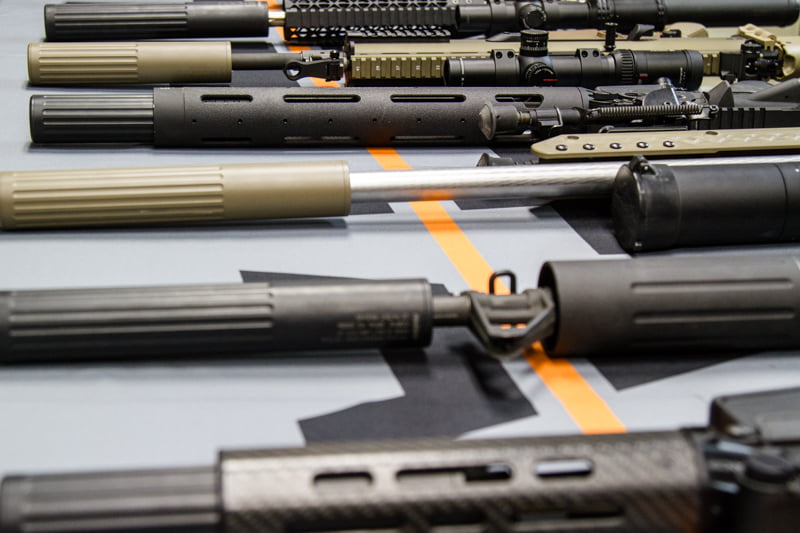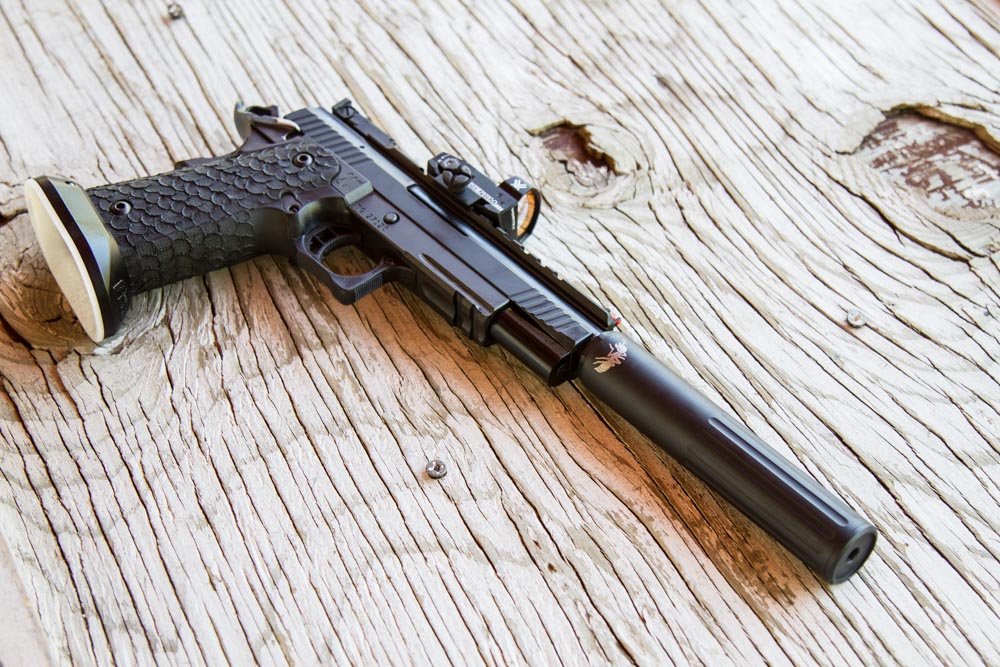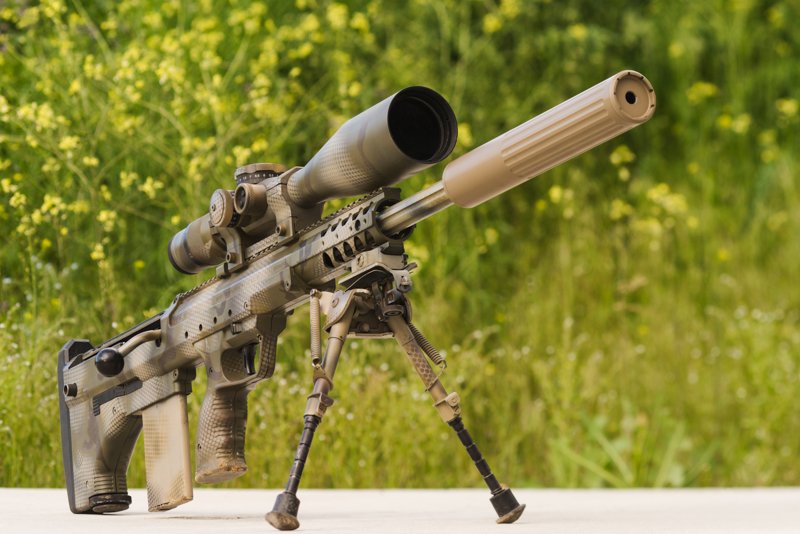“Quick Disconnect” is a bit of a misnomer. Some QD designs are not very fast to attach, and some direct-threads can be very quick. It is important to note that because suppressors get extremely hot after even moderate use, they must be allowed to cool before being removed no matter the attachment system. So purchasing a QD attachment isn’t going to save you any time at the end of the day.
So why get one? The real advantage of QD systems is that they generally incorporate a muzzle brake or flash hider that remains on your rifle when your suppressor is not attached. Whether or not this is an advantage for you depends on what you use your rifle for. If you split your time between using a suppressor and using a comp or flash hider, then going with some kind of QD suppressor will probably be the way to go.
If you plan to do a lot of precision shooting, however, then you generally want to shoot with the suppressor on all the time. While point-of-impact shift between a suppressed and an unsuppressed rifle can be minimalized, it cannot be eliminated. The weight of a suppressor, barrel length, barrel thickness, caliber, load, weapons platform and other factors all have an impact on POI shift. A good suppressor will have a repeatable shift, which can be compensated for when the suppressor is removed, but most precision shooters don’t want to add any more math into their shooting.
There are advantages to a direct-thread can as well. Because a direct-thread suppressor mounts to your barrel without an intermediate connection, they tend to be more accurate than QD suppressors, making the screw-on option a favorite in the precision rifle community. Direct-thread suppressors also provide a more consistent return to zero, and they tend to have less point-of-impact shift than QD designs.
Over-barrel direct-thread suppressors fall into a category of their own. Because the over-barrel chamber lines up mounting thread, these suppressors spin into place just as fast as most QD suppressors. The minimal addition to overall length also means that you can just leave the suppressor attached to the rifle, so you don’t need to remove and reattach it when you go to and from the range. This also gives users the ability to run a suppressor in places where they would otherwise remove it in favor of a shorter weapon system. Plus, you get all of the accuracy advantages of a traditional direct-thread suppressor.
So, who makes the best suppressor? The answer is no one. Every suppressor has its own advantages and drawbacks. There really is no best design or best brand, just the best design for you. A QD brake-attached, end-mount suppressor may be perfect for you, but it may be a poor choice for someone who should be running a direct-thread or an over-barrel model. You need to find the suppressor that fits your needs, and it varies from shooter to shooter. So stop trying to find the best suppressor on the market and start figuring out what your own unique needs are.






